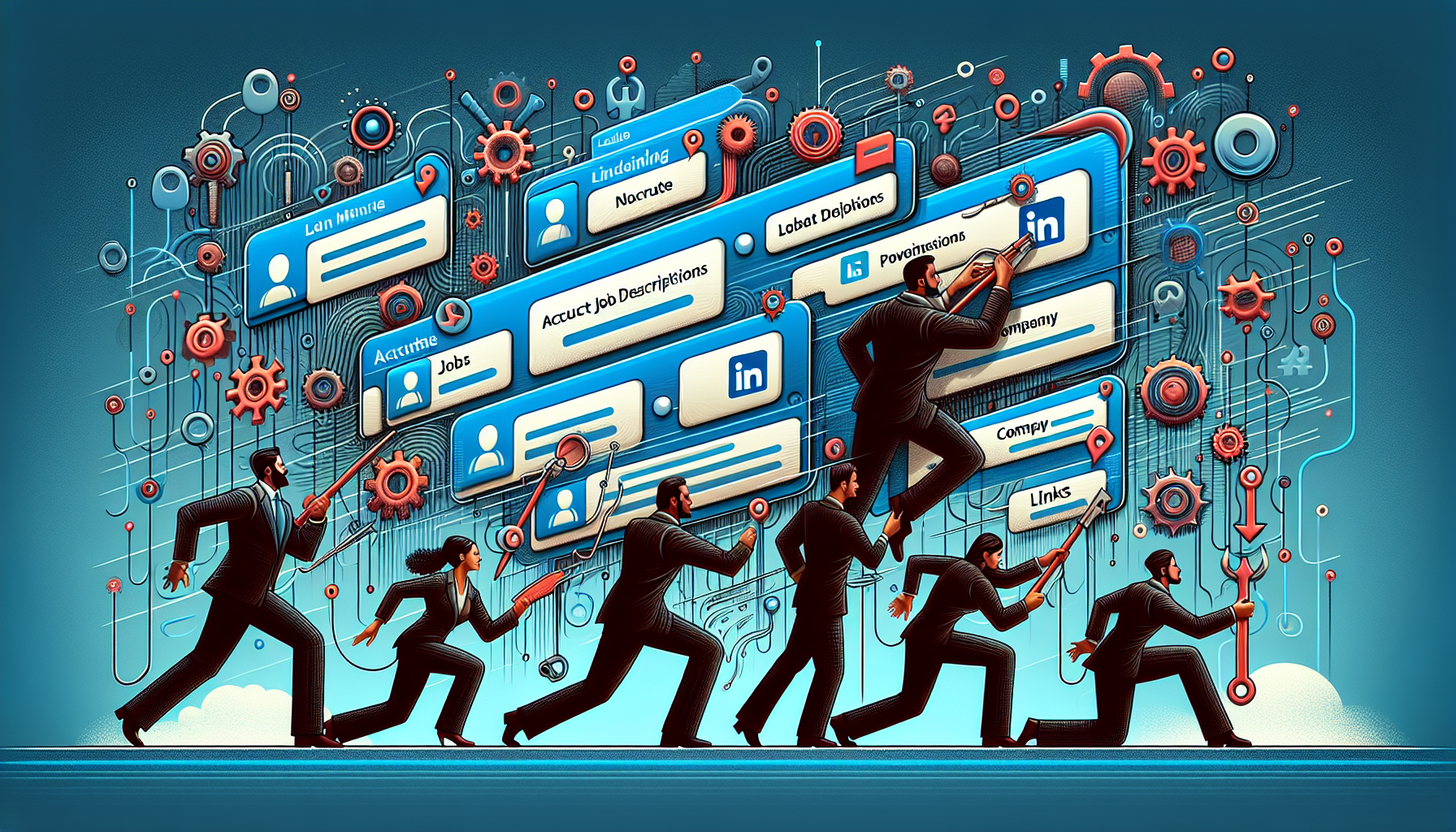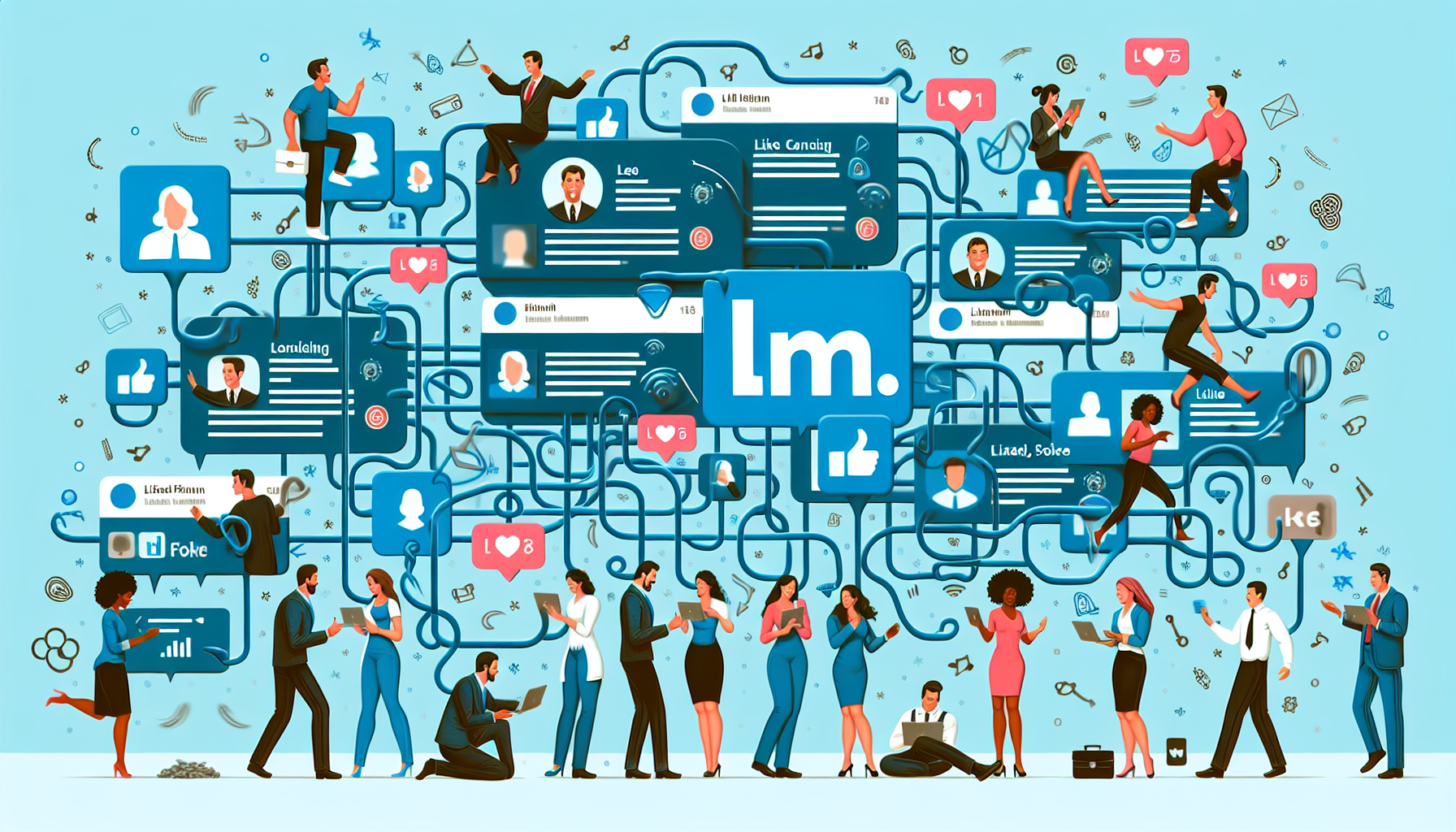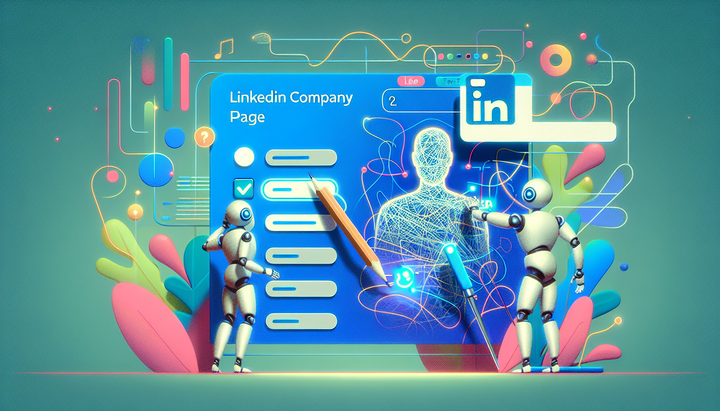Employee Influencer Programmes - How to Develop Employee Engagement LinkedIn Strategies That Work

Maximizing employee engagement on LinkedIn can transform your workforce into a dynamic force that elevates your brand. In this article, you’ll learn how to craft an employee engagement LinkedIn strategy that merges company culture with the power of individual networks.
From turning team members into influencers to leveraging LinkedIn’s features for content sharing, we’ll provide the blueprint for fostering a thriving, engaged workforce.
Key Takeaways
- Employee influencers on LinkedIn can increase brand visibility more genuinely and cost-effectively than paid advertising, as they promote personal insights alongside company content.
- A successful LinkedIn strategy is woven into company culture, encouraging employees to align with the organization’s mission, share its narrative, and become active digital advocates.
- Effective employee influencer programs require structured planning, resources for optimizing personal LinkedIn profiles, and strategic use of features like Employee Notifications to drive content engagement and reach.
The Rise of Employee Influencers on LinkedIn
In an era where authenticity is the currency of digital marketing, LinkedIn emerges as a powerful platform that inherently favors individuals over corporate entities. It’s the go-to network for professionals and B2B businesses, and it thrives on peer-to-peer content promotion.
Imagine the collective impact when your team members become your brand’s most vocal supporters, effectively building their personal brand while promoting your company.
Yet, how do companies capitalize on this? They can either invest heavily in paid advertising or harness the natural advocacy of their workforce. The latter, often more cost-effective and genuine, leads to the rise of employee influencers—a trend that enhances brand visibility, generates leads, and extends a brand’s reach.
By encouraging your team to share their professional insights and company pride, you unlock the doors to a vast audience that’s ready to engage with content that feels personal and credible, ultimately resulting in increased brand awareness.
Integrating LinkedIn Into Company Culture

The journey begins with embedding LinkedIn into the very fabric of your company culture. This isn’t about dictating how employees should use the platform; rather, it’s about aligning the company’s values and goals so that engaging on LinkedIn becomes a natural extension of daily operations. When the organization’s mission resonates with the team, they become enthusiastic participants rather than passive observers.
Fostering an inclusive environment where employees feel valued and connected to the company’s narrative encourages them to:
- Share this narrative with their network
- Create a cohesive digital presence
- Reflect the collective strength of your team’s personal brands
- Amplify the company’s reputation
Building an Effective Employee Influencer Program
An effective employee influencer program doesn’t happen by accident; it requires thoughtful planning and execution. It begins with a structured approach that outlines the benefits and expectations for employees who participate. Providing the right training and resources empowers employees to become confident brand advocates, sharing content that resonates with their connections.
Developing Engaging LinkedIn Profiles with Employees

An employee’s LinkedIn profile is often the first point of contact with your brand, so ensuring it’s as polished and professional as possible is key. By guiding employees through optimizing their profiles with professional banners, accurate job descriptions, and links to the company website, you create a consistent brand image across the board.
Moreover, training programs can help maintain this professional image, creating a network of profiles that serve as extensions of the company’s LinkedIn company page.
Strategies for Encouraging Content Sharing on LinkedIn

With a strong foundation in place, the next step is to implement strategies that encourage active content sharing. LinkedIn’s Teammates feature and integrated communication platforms are tools that facilitate this process, ensuring that relevant company updates don’t get lost in the noise.
Moreover, policies that clearly outline how and what to share help employees become selective in their content sharing, ensuring that each post adds value for both their network and the company.
Encouraging Employees to Share Company Content

When employees share company content, they do more than just expand your brand’s reach; they also build their professional reputation. This dual benefit acts as a motivator for team members to actively engage with and share company posts. LinkedIn’s Teammates feature ensures that employees are up to date with company news, making it more likely for them to interact and share.
Moreover, the ‘recommend to employees’ function simplifies the sharing process by suggesting company-curated content for employees to share.
Utilizing Employee Notifications to Drive Engagement
A powerful yet underutilized tool is LinkedIn’s Employee Notifications feature. By alerting employees to new company posts, the likelihood of early engagement and expanded content reach is significantly increased. This feature, accessible via the admin page of a company post, should be used strategically for major updates to maintain its impact.
Tailoring Content to Your Target Audience
Understanding your audience’s needs is key to creating content that resonates. By utilizing surveys, interviews, and analytics, businesses can gain valuable insights into their target audience’s preferences and behaviors. Selecting topics relevant to the audience ensures that the content shared by employees is engaging and adds value. Catering to a wider audience can further enhance the reach and impact of the content.
Additionally, employee participation on LinkedIn gives content a sense of authenticity and promotes higher engagement.
Harnessing Business Opportunities Through Engaged Employees
Engaging employees are the linchpin of a thriving business. Their active participation on platforms like LinkedIn contributes to customer loyalty and sales productivity, leading to tangible growth opportunities for the company.
By leveraging professional relationships on the company’s LinkedIn, employees can foster collaborations that could open new doors for the business.
Final Thoughts on LinkedIn Engagement and Organizational Success
As we reach the conclusion, it’s clear that LinkedIn engagement among employees is more than just a marketing strategy; it’s a catalyst for innovation, profitability, and a consistent workforce. Organizations that prioritize employee engagement on LinkedIn not only enhance their brand but also build a resilient and customer-centric culture.
Summary
In summary, the journey to leveraging LinkedIn for organizational success is multifaceted, involving the optimization of employee profiles, the sharing of curated content, and the strategic use of platform features to drive engagement. By embracing these strategies, you create a workplace where employees are not just part of the company—they are active participants in its growth and success.
Frequently Asked Questions
How does LinkedIn favor individuals over companies?
LinkedIn tends to give more visibility to individual users' content over company posts, favoring peer-to-peer content promotion. This encourages more engagement with personal posts.
Can employee engagement on LinkedIn really affect sales productivity?
Yes, employee engagement on LinkedIn can significantly impact sales productivity, with studies showing an 18% increase in productivity as a result.
How often should we use the Employee Notifications feature?
You should use the Employee Notifications feature strategically for important company updates to maintain its impact and avoid overuse. Regular usage could lead to decreased impact and engagement.
What kind of content should employees share to add value?
Employees should share content that is relevant to their network and aligns with the company's goals while addressing the specific challenges and interests of the audience. This will add value and engage the audience effectively.
How does employee engagement on LinkedIn contribute to organizational success?
Improving employee engagement on LinkedIn fosters a culture of innovation, increases profitability, boosts customer satisfaction, and strengthens the workforce, ultimately contributing to organizational success.



